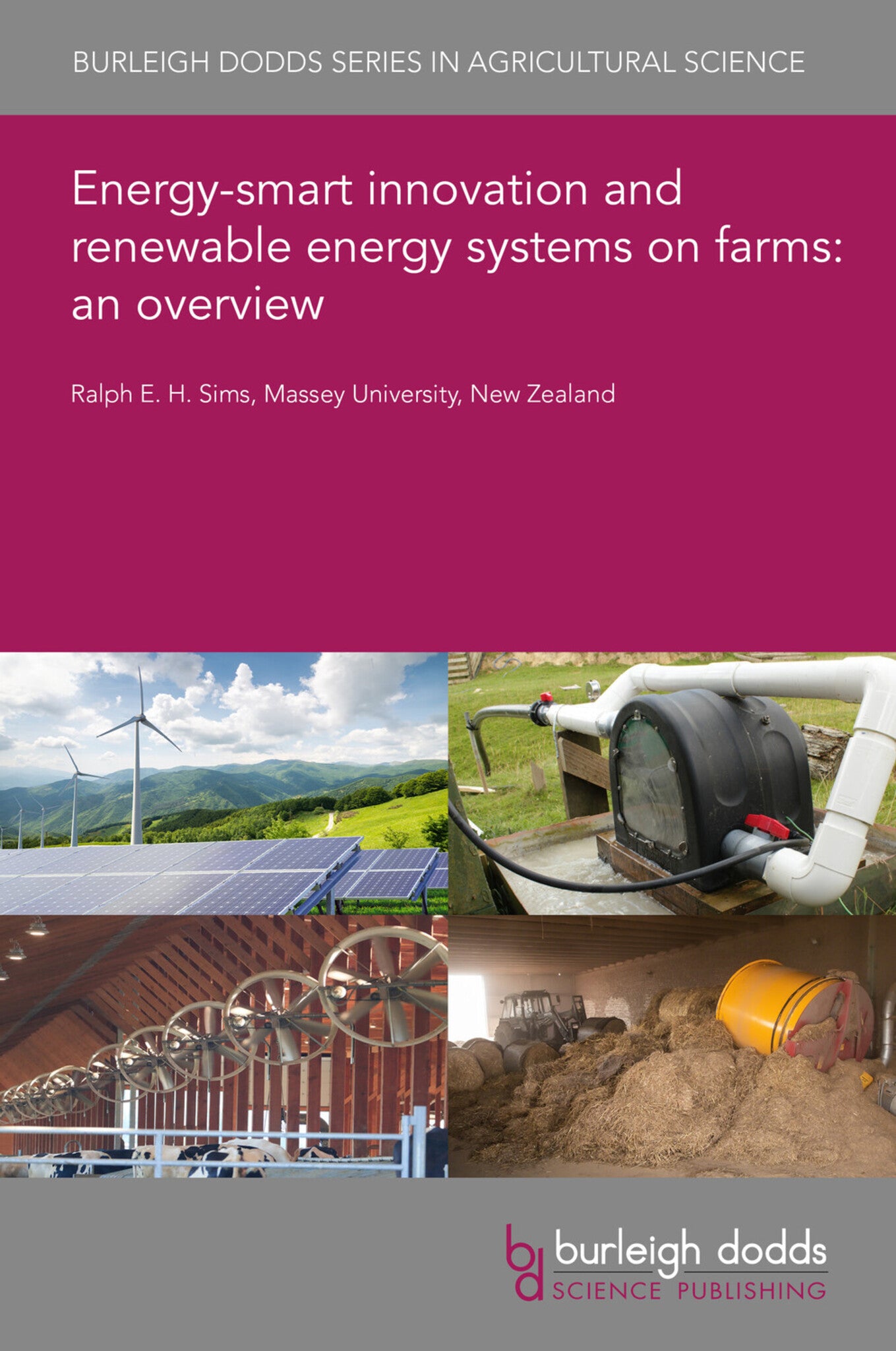We're sorry. An error has occurred
Please cancel or retry.
Energy-smart innovation and renewable energy systems on farms: an overview

Some error occured while loading the Quick View. Please close the Quick View and try reloading the page.
Couldn't load pickup availability
- Format:
-
16 May 2022


TECHNOLOGY & ENGINEERING / Agriculture / Sustainable Agriculture, Sustainable agriculture, SCIENCE / Energy, Alternative and renewable energy sources and technology, Energy, power generation, distribution and storage, Agronomy and crop production

1 Introduction 2 The use of energy efficiency to help decarbonise food production systems 3 Trends in renewable energy 4 Policies and measures to encourage the deployment of renewable energy on farms 5 Farm-scale renewable energy technologies and systems 6 Conclusion 7 Where to look for further information 8 References



